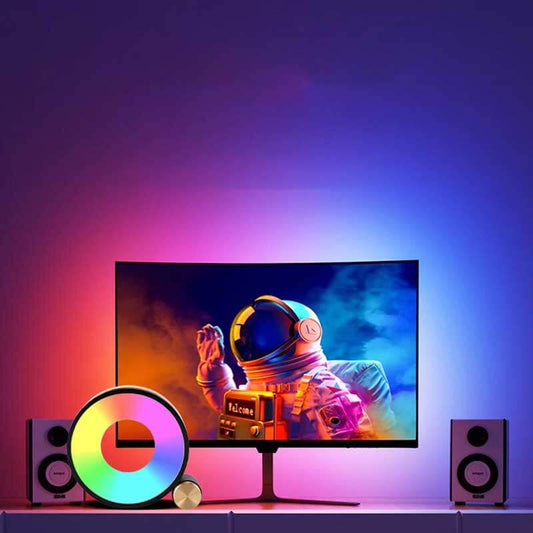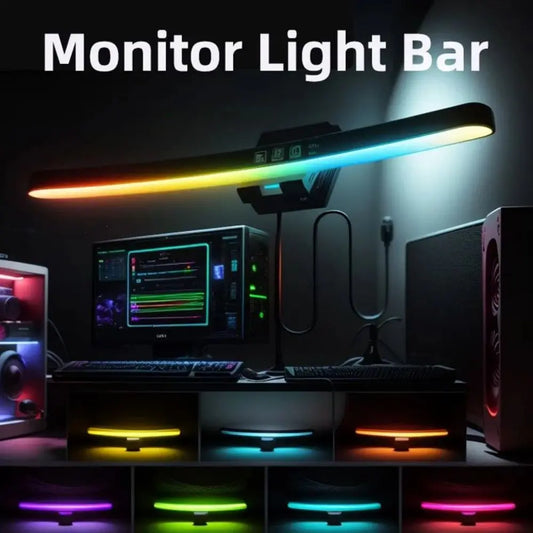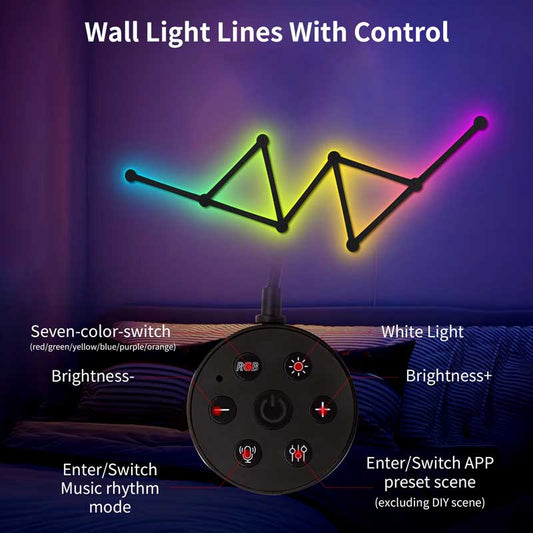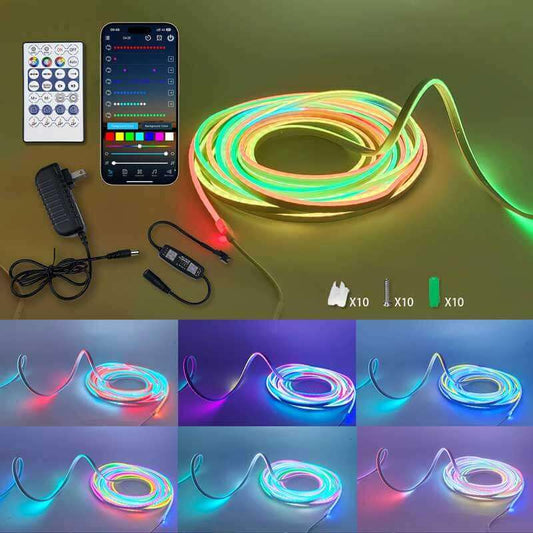How does a wireless video game controller work?
Share
Wireless video game controllers have become a staple in modern gaming, offering freedom and flexibility to gamers who want to play without being tethered to their consoles or PCs. Whether you’re gaming on a console, PC, or mobile device, wireless controllers provide a convenient and seamless gaming experience. But have you ever wondered how they work? In this blog, we’ll break down the technology behind wireless controllers, explore the different types of wireless connections, and explain how they provide a smooth and enjoyable gaming experience.
1. Wireless Technology: Bluetooth vs. 2.4 GHz
Wireless controllers operate primarily through two different types of connections: Bluetooth and 2.4 GHz radio frequency (RF). Let’s explore the differences and advantages of each.
Bluetooth:
Bluetooth is the most common wireless technology used in modern controllers, especially for devices like smartphones, tablets, PCs, and consoles like PlayStation and Xbox. Bluetooth operates in the 2.4 GHz band, but with a different protocol designed for low-power, short-range communication.
How It Works: Bluetooth works by pairing the controller with a device (like a gaming console or PC) through a wireless signal. Once the controller and the device are paired, they communicate by sending data packets to each other. The Bluetooth signal uses low energy, ensuring long battery life for the controller while maintaining a stable connection for smooth gameplay.
Advantages of Bluetooth:
- Low energy consumption for longer battery life.
- Universal compatibility, working with a wide range of devices like iPhones, PCs, Android devices, and consoles.
- Simple pairing process, often requiring just a single button press to connect the controller to the device.
2.4 GHz RF:
2.4 GHz wireless controllers use a USB dongle or receiver that communicates with the controller. This frequency range is often used in other wireless devices such as Wi-Fi routers and baby monitors, but in the case of controllers, it’s optimized for low-latency communication.
How It Works: The 2.4 GHz controller communicates with the USB receiver plugged into the gaming console or PC. The receiver is responsible for picking up the controller's wireless signals and transmitting them to the device. Unlike Bluetooth, which pairs with the device automatically, 2.4 GHz controllers require manual pairing through the receiver.
Advantages of 2.4 GHz RF:
- Low latency: This results in a faster, more responsive gaming experience.
- More stable connection: Since it doesn’t rely on Bluetooth interference, 2.4 GHz controllers tend to offer a more consistent connection, especially when there are multiple Bluetooth devices in the area.
- Longer range: 2.4 GHz RF controllers typically offer a longer wireless range than Bluetooth.
2. Battery and Power Management
Wireless controllers require a power source, which is typically provided by rechargeable batteries or standard AA batteries, depending on the model. Power management is crucial for keeping the controller functional for extended gaming sessions.
Battery Types:
- Rechargeable lithium-ion batteries are commonly used in high-end controllers like the Xbox Series X or PlayStation DualSense controllers. These batteries offer the advantage of being reusable and easy to charge via USB-C or proprietary charging stations.
- AA or AAA batteries are used in some controllers but are less common in newer models due to the preference for rechargeable solutions.
Power Saving: Wireless controllers use power-saving techniques to ensure that the battery lasts throughout your gaming session. For example, controllers may automatically enter a low-power mode after a period of inactivity to conserve energy. Additionally, most controllers will vibrate or use LEDs sparingly to avoid draining the battery quickly.
3. Latency and Response Time
When it comes to gaming, latency is crucial. Latency refers to the delay between pressing a button on the controller and seeing the result on screen. Wireless controllers, especially Bluetooth-based ones, have a minimal amount of latency that’s almost imperceptible to most players. However, for competitive gaming, the slight difference in response time can sometimes be noticeable.
Low Latency Gaming: To reduce latency, both Bluetooth and 2.4 GHz RF controllers are designed with efficient data transmission protocols, ensuring minimal delay in sending input commands to the gaming system. 2.4 GHz RF controllers tend to have the edge in ultra-low latency, which is why they’re often favored for competitive gaming.
4. The Role of Sensors and Feedback
Many modern wireless controllers come equipped with sensors and haptic feedback features that enhance the gaming experience.
Accelerometers and Gyroscopes:
Some controllers, like the Nintendo Switch Joy-Con and PlayStation DualSense, contain motion sensors that allow players to interact with the game through physical movements. For example, shaking or tilting the controller can simulate real-world actions like steering a car or aiming a bow and arrow.
Haptic Feedback and Adaptive Triggers:
Haptic feedback is a feature that provides physical sensations in the controller. For instance, the PlayStation DualSense features adaptive triggers that change resistance based on the actions being performed in the game, creating a more immersive experience. Additionally, haptic feedback vibrations simulate the sensation of walking on different surfaces, feeling impacts, or other tactile experiences.
5. The Future of Wireless Controllers
Wireless controllers continue to evolve, with innovations like low-latency Bluetooth and improved battery technologies making them even better for gamers. Additionally, cloud gaming is changing the way controllers are used, allowing players to stream games directly to their devices without needing a powerful console. As a result, wireless controllers will likely play a central role in the future of gaming, allowing players to game anywhere, anytime.
Conclusion:
Wireless video game controllers have transformed the gaming experience, providing flexibility, convenience, and immersive gameplay. Whether using Bluetooth or 2.4 GHz technology, these controllers offer seamless connectivity, long battery life, and responsive feedback. With the growing popularity of mobile and cloud gaming, wireless controllers are becoming even more essential, ensuring that gamers can enjoy their favorite titles without being confined by wires.
Looking for the best wireless controller for your setup? Check out our gaming controllers collection for a wide range of options that deliver a smooth and responsive gaming experience!




